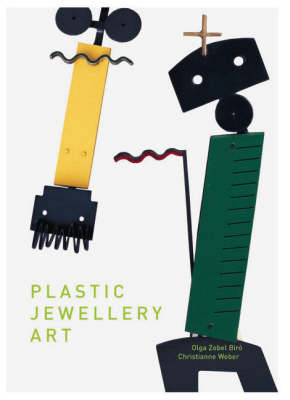Plastics have now become an accepted medium for contemporary jewellery; however, the use of synthetic materials for personal adornments had already been realised in the mid-ninteenth century. The Great Exhibition of 1851 in London showed serial productions of jewellery and accessories made of ebonite (black vulcanised rubber). Some years later came the discovery of celluloid, which was used as a subsitute for mother-of-pearl, ivory and tortoise-shell. new materials like galalite, Bakelite and acrylic made possible novel ways of interpreting ornamentation. During the 1960s, the use of plastics for jewellery changed course. A whole generation of artists now approached plastic jewellery as an experimental field and thereby expanded the boundaries of their art in previously unimaginable directions. The new artistic jewellery pointedly dispensed with precious materials: instead of material value, priority was given to intrinsic qualities. Naturally, there was a political message involved: it was to be a clear break with tradition. It is thanks to this generation of artists that today plastic jewellery is one of the most exciting subjects in the field of personal adornments.
- ISBN10 3897901668
- ISBN13 9783897901667
- Publish Date 30 April 2007
- Publish Status Cancelled
- Out of Print 30 October 2013
- Publish Country DE
- Imprint Arnoldsche
- Format Hardcover
- Pages 192
- Language English
